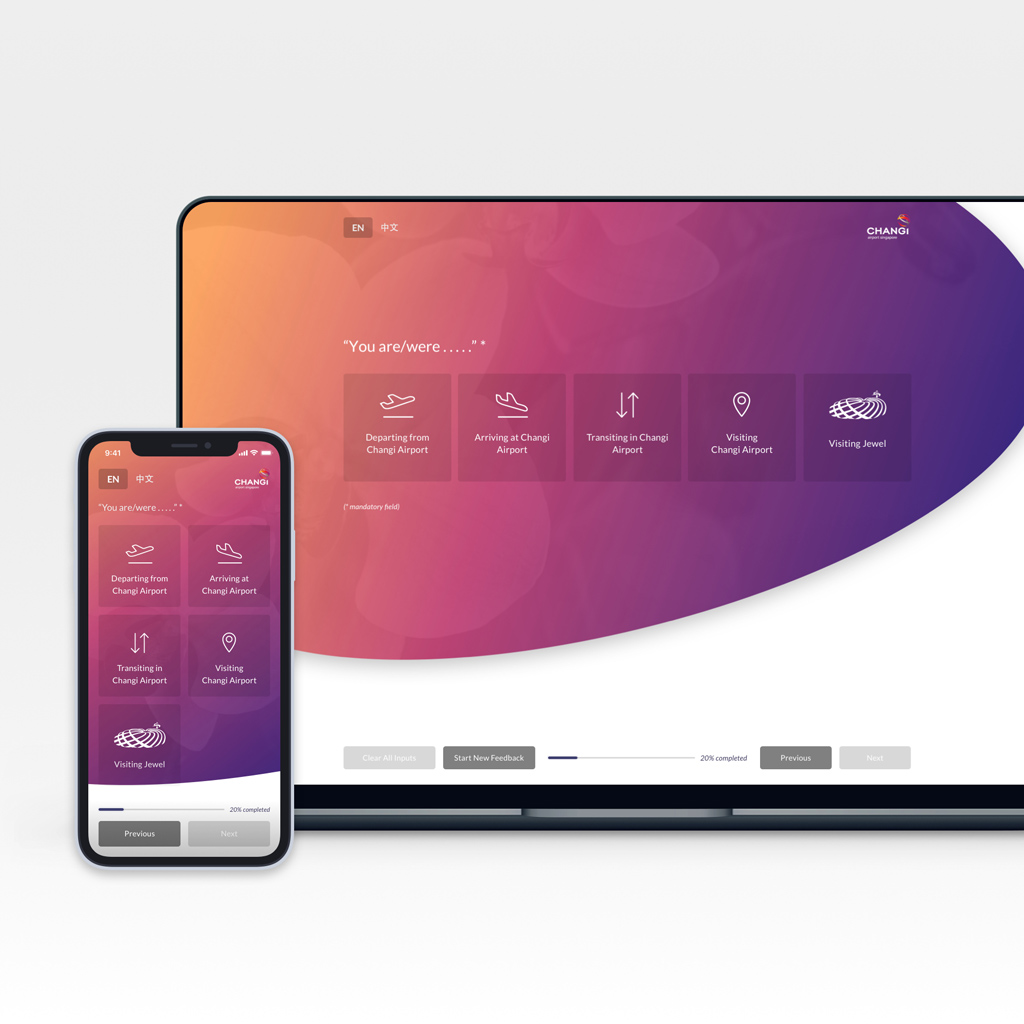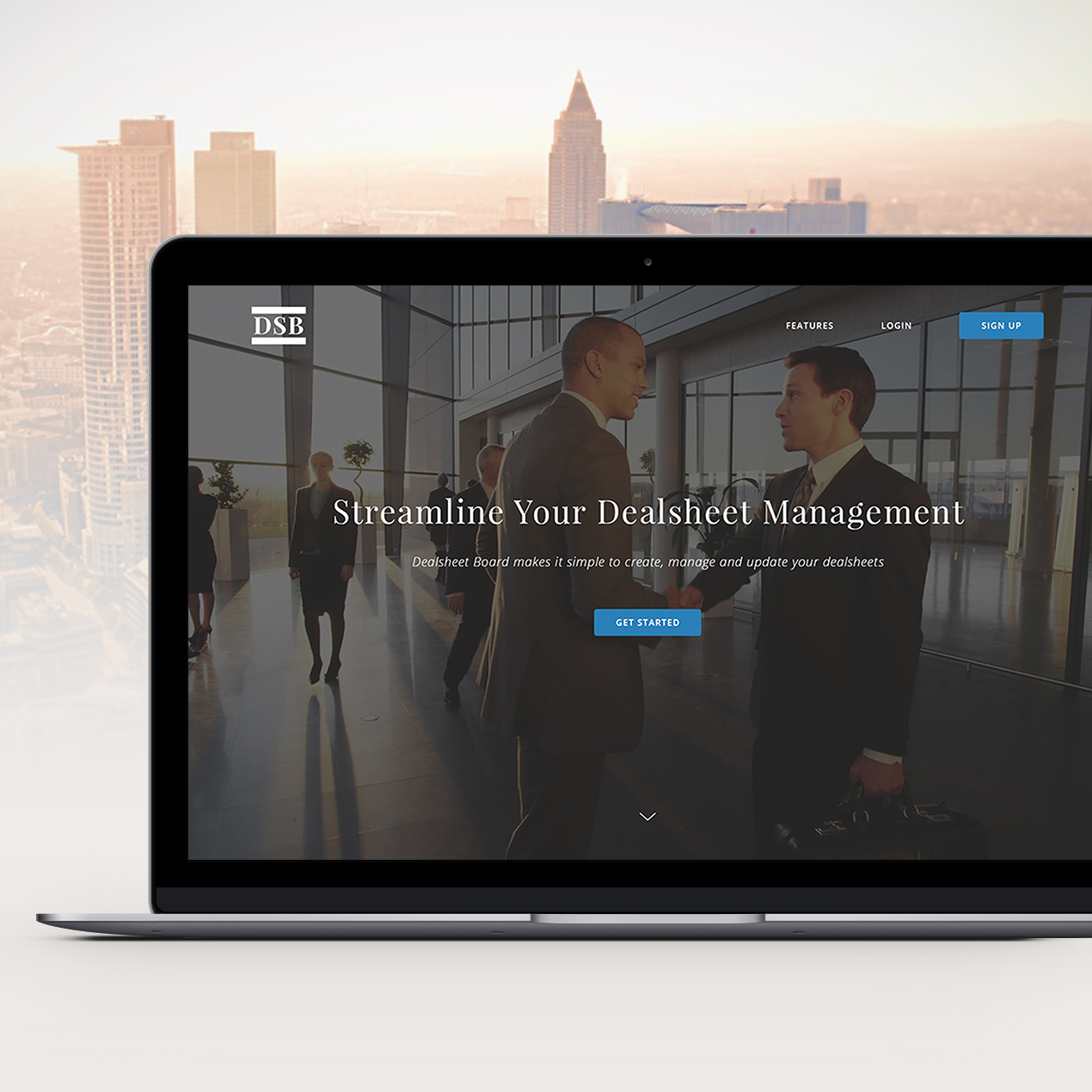Project Description
Dealsheet Board
Defining the user experience & prioritizing user needs for a legal professional-oriented networking service startup headquartered in Frankfurt, Germany

The Overview – What’s a Deal Sheet?
As part of their job scope, lawyers must create and maintain offline versions of specialized documents, or ‘Deal Sheets’. Lawyers are able to make use of these deal sheets in connection with their job searches by submitting it along with their resume. It also can be utilized as a marketing tool to help with rainmaking and client development.
The goal of the deal sheet is to give its reader a more in depth understanding of a lawyer’s career experience than is provided by their resume alone. It highlights a lawyer’s accomplishments with concrete examples in a clear, concise and crisp manner.


Some examples of Deal Sheets
The Problem
Current professional networking sites such as LinkedIn are not meeting the needs of many lawyers working in Big Law firms. Big Law is characterized mostly by work with corporate clients (usually very large ones) and includes everything from litigation to tax to M&A. The specialized nature of the work, and the demand for information that goes beyond what’s contained in a LinkedIn profile, requires many additional documents: pitch decks, deal sheets, team books, etc. Additionally, there is no set formula for organizing a Deal Sheet. Lawyers currently use their own methods as part of a pitch deck to showcase to new clients. The key was to come up with a standardized structure that meets the objective of highlighting lawyers’ accomplishments.
The Method
With this challenge at the forefront of our minds, we received feedback through user interviews and surveys with lawyers across the field to get a quick and dirty idea of what their day constitutes. All of them do not update their deal sheets that often, due to their already busy schedules, and lack of a quick and efficient method/template to build their deal sheets on. We found that 80% use LinkedIn once a week to stay updated on what their connections are up to. More importantly, we discovered that some of them use it as a career development tool (as opposed to job searching)– not the way we would normally use LinkedIn for.
“LinkedIn already connects me to other professionals, so that’s covered. I would want to connect based on the deals I’ve worked on, that’s the new angle.” – Phil
It also came to light that it is currently very difficult to get info on recruiters have contacted lawyers through the proper, legal channels, and secondly, there is a lack of access control, if any at all, over who can view a lawyer’s full profile details on professional networking sites.
A critical question I asked myself was: ‘how do you translate raw transactional data (a lá spreadsheets) into intelligent, engaging insights that can be made actionable by viewers?’ As a result, I researched extensively on data input methods and infographics to find effective ways to present back information in a more meaningful and understandable way for the user.
Defining the User Experience
Through a round of user testing, I started to map out user flows to iron out any kinks in the on-boarding process and users’ dealsheet settings for the platform. With many different types of legal professionals in the field of law, there was a need for a one-size-fits all approach to the platform. This also eventually resulted in more precise features for the dealsheet entry system being implemented to suit all types of legal professionals’ needs across the board. (For example, a lawyer dealing in Private Equity might not have the ability to disclose the name of a client for a particular deal – does he have the option to make it confidential?)
One of the major challenges faced was the drop-off/exit rate during the on-boarding process. In order to make the on-boarding process more efficient, I minimized the number of steps needed to warrant a successful signup, and upon completion, optional user walkthroughs were utilized to guide new sign-ups along the essential features of the platform, such as the streamlined process of entering new deals (accompanied by tooltips) in the Deal Sheet page, to enhance learnability and familiarity with the system.







The On-Boarding Process
How did we Prioritize Features?
We were also presented with an array of requested features by the respective target audience groups from the survey, and prioritized their implementation through card sorting on the basis of:
- How much it speeds up the lawyer’s dealsheet entry process
- How easy it is for users to complete the given task
- Whether it adds to the credibility to the lawyer’s dealsheets
- How much it costs, time- and money-wise, to implement
These were the features requested:
- Plugin that uses Linkedin base data or integrates with the platform
- Recruiter profiles so those contacted can get info on the recruiter
- Profile flag to indicate that lawyer is open to being contacted
- Ranking system (for deals, lawyers, firms…)
- Newsfeed for top deals of the week or news from people followed
- Control over who sees full profile details
- Linkable deals (so the deal is the node) that allow connections to people on the other side of the deals
- Disclaimer (as required by NY law)
- Ability to group people by who they have worked with
- Group by deal worked on
- Ability to see who is working on the other side of transactions
- Algorithmic matching (positions to lawyers or vice versa)
- Featured deal

Deal Sheet sharing options

Access control options & expiry
The Results
Based on the user testing results for the 2nd sprint, there was an increase in new signups for the platform through referrals and word-of-mouth. We also received additional feedback and insight regarding the usability of the website.
By structuring information on lawyer’s deal sheets in a standardized manner, I was able to capitalize on findability, and accessibility within the platform and as a result, users were able to free up time to carry out their other tasks.
By introducing a defined design language alongside a practical design process and toolkit, I was able to give my client’s team the confidence to build a better service for subsequent sprints and drive innovation within this niche sector.












